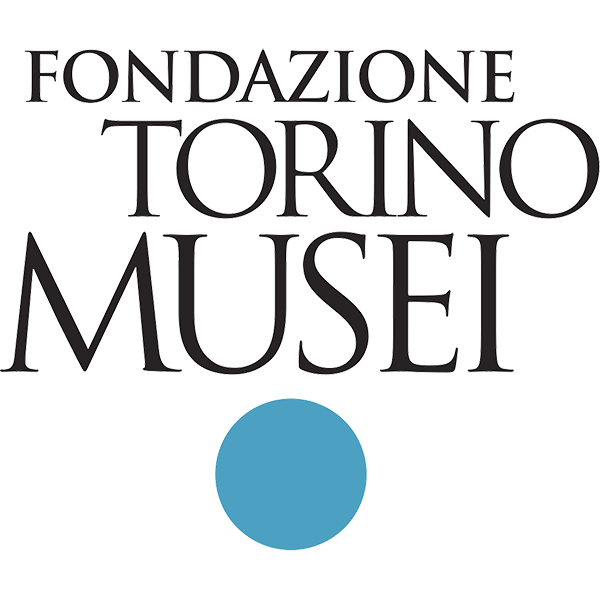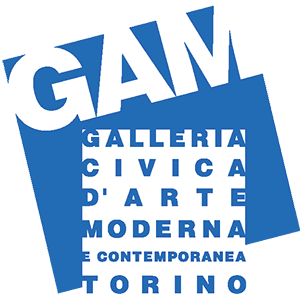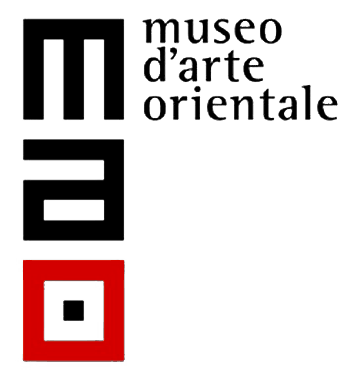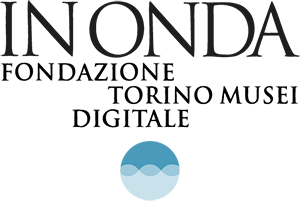The Rabbit Inhabits the Moon
- Exhibition
- 19 October 2024 - 23 March 2025

For the 140th anniversary of diplomatic relations between Korea and Italy, the MAO Museo d’Arte Orientale, Turin is presenting the exhibition Rabbit Inhabits the Moon, in partnership with Nam June Paik Art Center (Yongin, Korea) and the Fondazione Bonotto (Colceresa, Italia), and with support from the Korea Foundation.
The exhibition is curated by Davide Quadrio, director of the museum, and Joanne Kim, Korean critic and curator, with Anna Musini and Francesca Filisetti. Curatorial and scholarly consulting was provided by Manuela Moscatiello (Chargée d’étude, Maison de Victor Hugo, Paris), Kyoo Lee (curator for the shamanism room, Professor of Philosophy, City University of New York) and Patrizio Peterlini (director of Fondazione Bonotto).
Rabbit Inhabits the Moon aims to stimulate dynamic dialogue reflecting the development of the cultural and artistic landscape of the two countries, particularly reinterpreting the legacy of Nam June Paik and his influence on contemporary artists. New works by Korean artists Kyuchul Ahn, Jesse Chun, Shiu Jin, Young-chul Kim, Dae-sup Kwon, Chan-Ho Park, Sunmin Park and eobchae × Sungsil Ryu, along with videos and installations from the collection of Nam June Paik Art Center are paired with famous works by Paik – mostly on loan from Fondazione Bonotto – and fine traditional objects from prestigious institutions, including the Musée Guimet - Musée national des Arts asiatiques, Paris, the Museo d’Arte Orientale ‘E. Chiossone’, Genoa, and the Museo delle Civiltà, Rome.
The Exhibition
The exhibition Rabbit Inhabits the Moon revolves around the figure of Nam June Paik (Seoul, 1932 – Miami, 2006), one of the most important artists of the twentieth and twenty-first centuries and a pioneer of video art. Trained as a pianist and musicologist, Paik explored technological progress in his works, using a mixed language that combined mass media and the customs of western capitalistic and commercial society with the rituals of the Korean poetry and music and the country’s cultural and shamanic traditions.
As inferred by the title, the literary topos of the rabbit in the moon, common to many cultures in the Far East – China, Japan, Korea – as well as Central Asia, Iran and Turkey, is the starting point from which the exhibition’s other themes naturally branch off. Inspired by the eponymous installation by Paik from 1996, in which the rabbit in the legend becomes a wooden sculpture that looks at an image of the moon on a television screen, in this exhibition reality and imagination, tradition and technology meet, repeat and mirror each other, in a synthesis of content that emerges as the exhibition unfolds, through a complex game of references and reinterpretations.
The painstaking, immersive exhibition design also highlights the coexistence of symbols, techniques, materials and objects from different times and places, creating an itinerary free of fixed chronological coordinates in which themes move in parallel, intersect, and cyclically re-emerge, like in a piece of woven fabric.
Traditional and ritual elements of Korean culture are revealed through the dialogue between ancient and modern and an in-depth analysis, curated by Kyoo Lee, of shamanism in relation to Nam June Paik. A screening dedicated to the shamanic practices explored by photographer Chanho Park will take place in the Museum's multi-purpose room.
Also central to the exhibition is the musical and performative sound component, which appears in the most diverse forms in the works by Paik, especially in connection with his participation in the Fluxus movement and his long-term collaboration with the cellist Charlotte Moorman, as well as in the reformulations offered by contemporary artists. Specially commissioned by MAO for the exhibition, Sounds Heard from the Moon. Part 2 (2024) is a new work by Jiha Park, whose work draws on traditional Korean instruments, like the piri (a double-reed bamboo flute), Saenghwang (bamboo mouth organ) and Yanggeum (hammered dulcimer), using a minimalist approach that privileges repetition, variation and process.
In the installation Nocturne No. 20 / Counterpoint (2013–2020), Kyuchul Ahn reinterprets a piece by Chopin, removing one of the eighty-nine hammers of the piano after each performance, causing the gradual disappearance of the sound.
The performance will be presented with the collaboration of the pianists Gloria Campaner and Sun Hee You and is made possible thanks to the sponsorship of Piatino pianoforti.
Catalogue
The exhibition will be accompanied by a catalogue published in English and Italian by Silvana Editoriale. The volume will include new essays by Davide Quadrio, Joanne Kim, Manuela Moscatiello, Kyoo Lee, Patrizio Peterlini and Anna Musini that offer close analysis of the themes of the exhibition, the relationship between Italian and Korean culture and the work of Nam June Paik. The catalogue will also have a strong focus on contemporary artists.
Restoration, study and conservation
For the exhibition, MAO Museo d’Arte Orientale is working with the Fondazione Centro di Conservazione e Restauro ‘La Venaria Reale’, with support from the Unione Buddhista Italiana, to restore the work Avalokitesvara Watermoon, on loan from the Museo d’Arte Orientale E. Chiossone, Genoa. Part of the restoration will be completed before the exhibition. After it closes, the piece will be removed from its western mount and restored to its original form.
Lastly, the MAO is pleased to announce its collaboration with Marchesi Frescobaldi, one of the most important Italian wineries representing Tuscany worldwide. Thanks to the Artisti per Frescobaldi project, which is linked to contemporary art through site-specific commissions, Sunmin Park has been invited as an artist-in-residence for 2024-25. Part of the work resulting from this collaboration will also be presented in 2025 at the MAO's facilities.
Reading Room and Public Programme
A reading room curated by the architect Kun Min Kim will be set up in an area of the museum next to the exhibition and filled with publications, artists’ books and videos on the work of each artist.
As with all exhibitions organised by MAO, Rabbit Inhabits the Moon was conceived as a living organism and is accompanied by a rich programme of music and performances, curated by Chiara Lee and freddie Murphy, featuring Italian and Korean artists known for combining traditional and contemporary art forms, including Angela Seo, Francesca Heart, bela and Diana Lola Posani.
Over the course of the exhibition, Giorgia Fincato will contribute a participatory action concentrated on drawing and the gestural practice that derives from it, in collaboration with the museum’s Education Department.
Opening hours and Tickets
Tuesday - Sunday from 10 am to 6 pm.
The ticket service ends one hour before closing time.
Tickets
Full € 12,00 | Reduced € 10,00
Holiday hours:
Sunday 8 December: 10:00-18:00
Monday 23 December: Special opening 10:00-18:00
Tuesday 24 December: 10:00-14:00 (closed in the afternoon)
Wednesday 25 December: CLOSED
Thursday 26 December: 10:00-18:00
Monday 30 December: Special opening 10:00 a.m. - 6:00 p.m.
Tuesday 31 December: 10:00 - 14:00 (closed in the afternoon)
Wednesday 1 January: 14:00 - 18:00 (closed in the morning)
Monday 6 January: Special opening 10:00 a.m. - 6:00 p.m.














